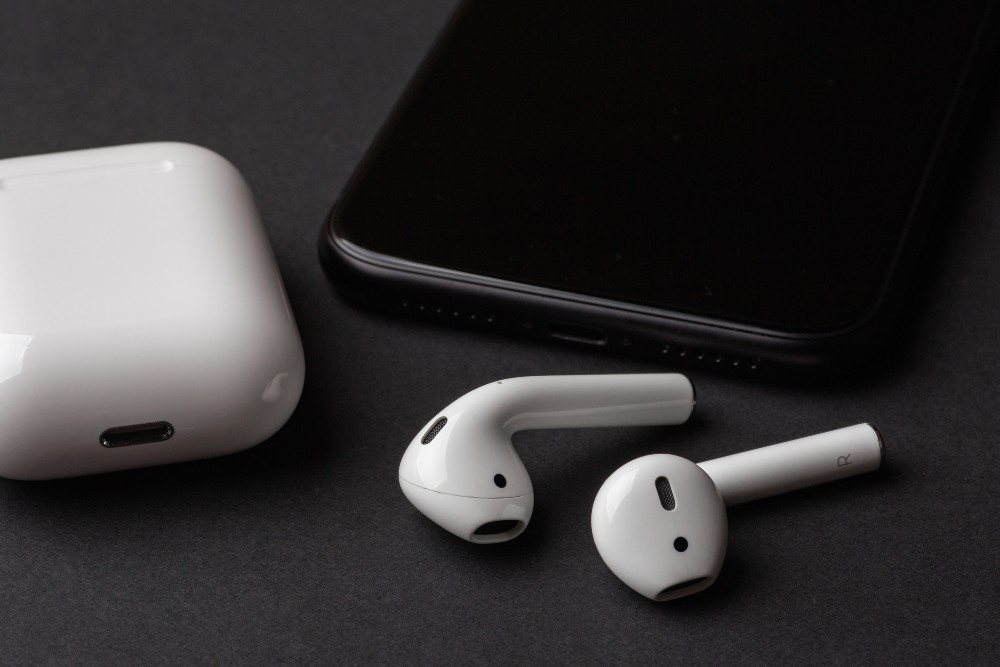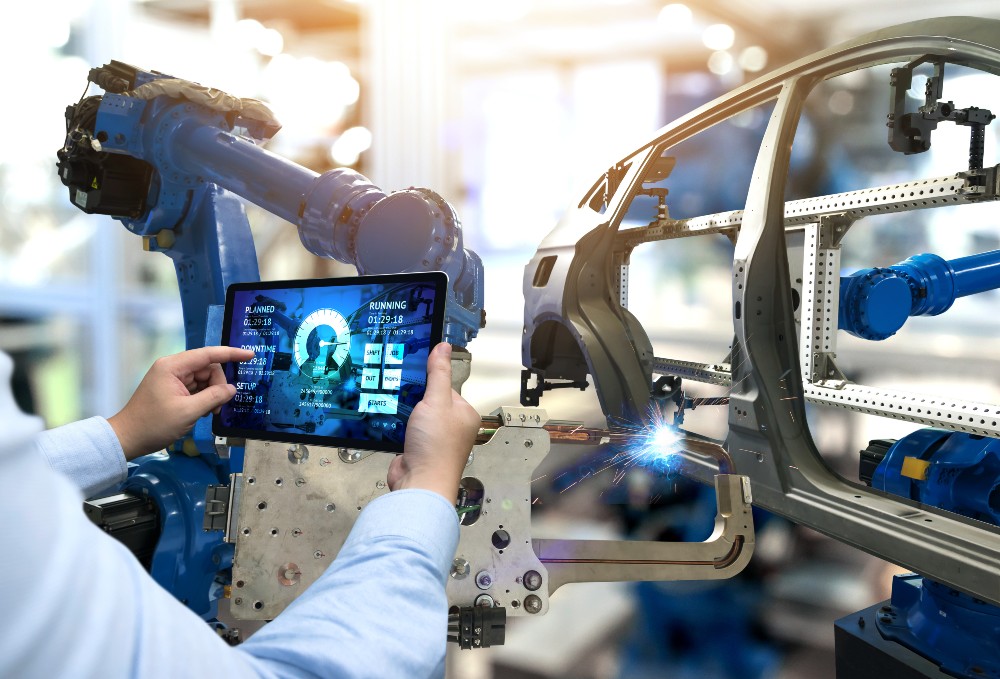Printed circuit boards (PCBs) play a vital role in today’s society — even more than you may realize.
PCBs are found in all electronic devices, from everyday consumer products to intricately designed aerospace aircraft.
As devices get smaller and more intricate, PCB designers, engineers, and manufacturers must learn to cater to these requirements.
Let’s dive into ways printed circuit boards are commonly used in major industries today.
Medical Devices
The medical field relies heavily on technology to deliver the best service to its patients.
Devices in the medical field are responsible for reporting, monitoring, treatment, and diagnostics, so these devices must be accurate and durable.
Properly working printed circuit boards are essential in any industry, but especially in the healthcare industry — a defective board can significantly affect patient health.
Monitoring devices are used to track things like glucose levels, blood pressure, and heart rates, so they must be dependable. When monitors don’t work correctly to record and warn doctors when a patient’s heart rate declines, they can be the difference between life and death.
Medical devices need to be lightweight, durable, and transportable, as they are commonly taken from room to room and pushed up and down hallways daily. Medical devices are also becoming smaller, which means the PCBs must also be tiny. To achieve these printed circuit board features, it’s important to partner with an experienced PCB manufacturer.
Typical uses of printed circuit boards in the medical field are:
- Monitors: Chemical balance readers, heart rate, blood pressure, etc.
- Medical instruments: Used to conduct research and gather data. Examples are compression machines, microscopes, and control systems.
- Scanners: for X-rays, CT scans, MRIs, ultrasounds, etc.
Consumer Electronics
When most people hear “electronics,” they often think of consumer devices first.
As a consumer, you probably touch or interact with at least five electronic devices a day (and that’s on the lower end) — cell phone, laptop, mouse, TV remote control, Alexa or Google, and maybe a smartwatch.
The consumer electronics market is expected to grow to $989B by 2027 and is one of the biggest PCB markets.
Here are some common consumer electronics that use printed circuit boards:
- Communications: cell phones, smartwatches, radios, computers, internet routers, Alexa or Google Home
- Entertainment systems: televisions, stereos, DVD players, instruments (like electric guitar or piano), cameras, and games consoles
- Home appliances: microwaves, washing machines, refrigerators, modern coffee makers, and alarm systems

Aerospace Operations
Aerospace devices and equipment must endure extreme temperatures, harsh environments (like gravitational pull and weather), and high vibrations.
Devices designed for aerospace must be light without sacrificing durability. Aircraft that depend on PCBs to function include modern planes, satellites, shuttles, and communication systems.
Aerospace devices that incorporate PCBs into their functionality:
- Power suppliers: aircraft power supply, control towers, and satellites
- Monitoring equipment: used to monitor the function of the aircraft; this includes aircraft health monitoring systems (AHMS) like accelerometers, pressure sensors, and weather tracking systems
- Communication devices: devices that help communicate with ground control; speakers, radios, etc.
Automotive Uses
Similar to the aerospace industry, printed circuit boards in automobiles need to be flexible, durable, lightweight, and able to withstand high vibrations.
Most vehicles today have plenty of bells, whistles, and connection capabilities — all thanks to PCBs. Printed circuit boards are what make your GPS, Bluetooth connection, safety, and monitoring systems work. 
Devices that use printed circuit boards in automotive electronics are:
- Navigation systems with GPS capabilities
- Radio, media players, and Bluetooth syncing
- Power supplies, fuel gauges, and engine readers
- Proximity sensors for blind spots
Industrial Purposes
Printed circuit boards are used in a variety of ways for industrial purposes. They are found in machinery, computers, vehicles, sensors, and more.
PCBs help with automation processes, cutting costs and time for business owners. PCBs also support assembly and testing procedures to eliminate the chance of human error. Printed circuit boards are even used in the equipment that produces printed circuit boards — talk about a Twilight Zone moment.
Industrial equipment typically works around the clock, so the components supporting it must be durable to stand up against high vibrations, extreme temperatures, intense forces, and harsh weather conditions.
The printed circuit boards in these applications are made with thicker, more durable copper or thermal-resistant materials to meet the durability needs for industrial purposes.
Common industrial uses with PCBs:
- Industrial equipment and power supplies: assembly machines, motor controllers, presses, power distribution, etc.
- Measuring: pressure and temperature control, industrial load testers, etc.
Start Improving Your Devices With PCBs
Printed circuit boards are responsible for the functionality of many devices and pieces of equipment across every industry.
Modern PCBs increase scalability, provide more durability, and give more functionality to their devices.
Designers and engineers looking for ways to improve their electronics should consider partnering with an electronics manufacturer. Here are qualities to look for in a PCB manufacturer.
